Islands
ISLANDS
CAPE VERDE
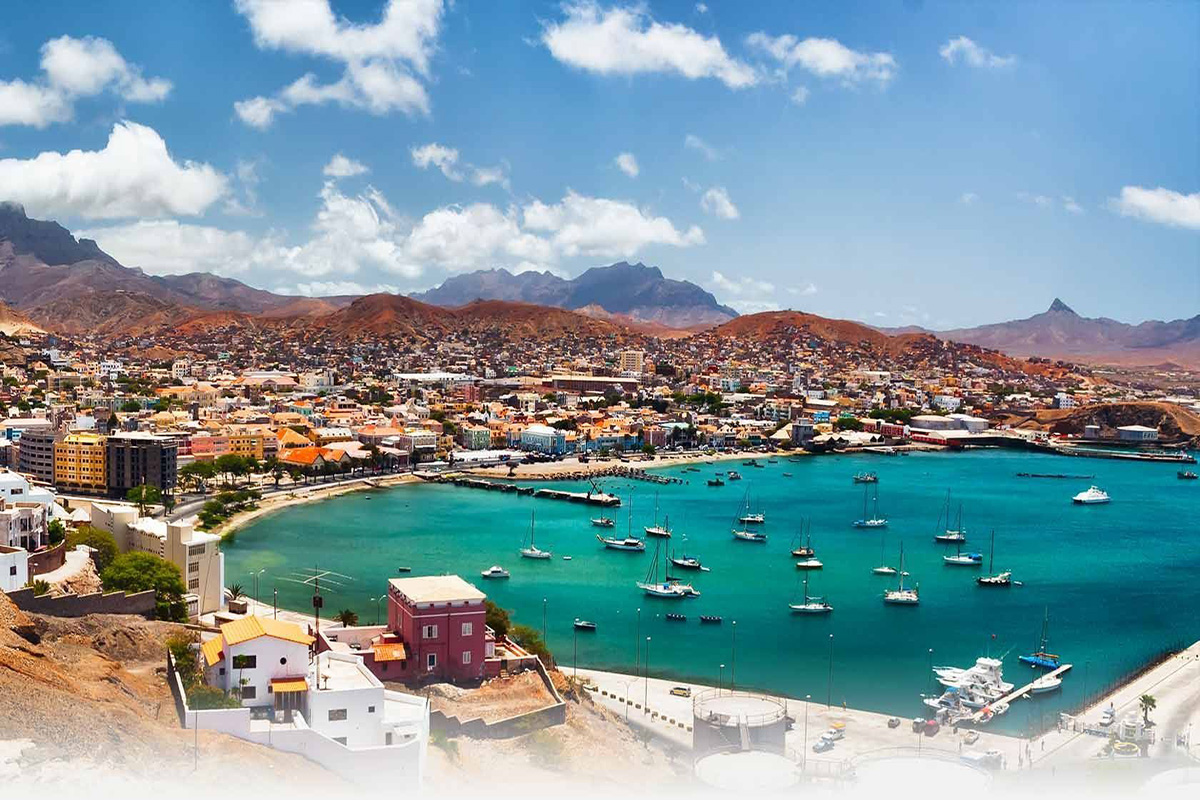
Overview
The ten islands and five tiny islets which make up Cape Verde vary wildly in character and scenery, from spectacular verdant mountain ranges, to deserted beaches, with a some volcanic landscapes thrown in for good measure. It is this variety that makes Cape Verde such an unusual and appealing destination.
One of the biggest draws to Cape Verde is the spectacular scenery and diverse landscapes strewn around the islets. The perfect climate and endless outdoor pursuits from wind-surfing to hiking also attracts visitors. Cape Verde is world-renowned for its spectacular waves, and as a result, attracts professional and amateur water sport enthusiasts year-round.
It is truly a unique destination that can offer visitors a captivating mixture of adventure and leisure experiences
| Bordering Countries | Capital City | Currency |
| Atlantic Ocean Island | Praia | Cape Verdean Escudo (CVE) |
| Official Language | Largest City | Dialling code |
| Portuguese | Praia | +238 |
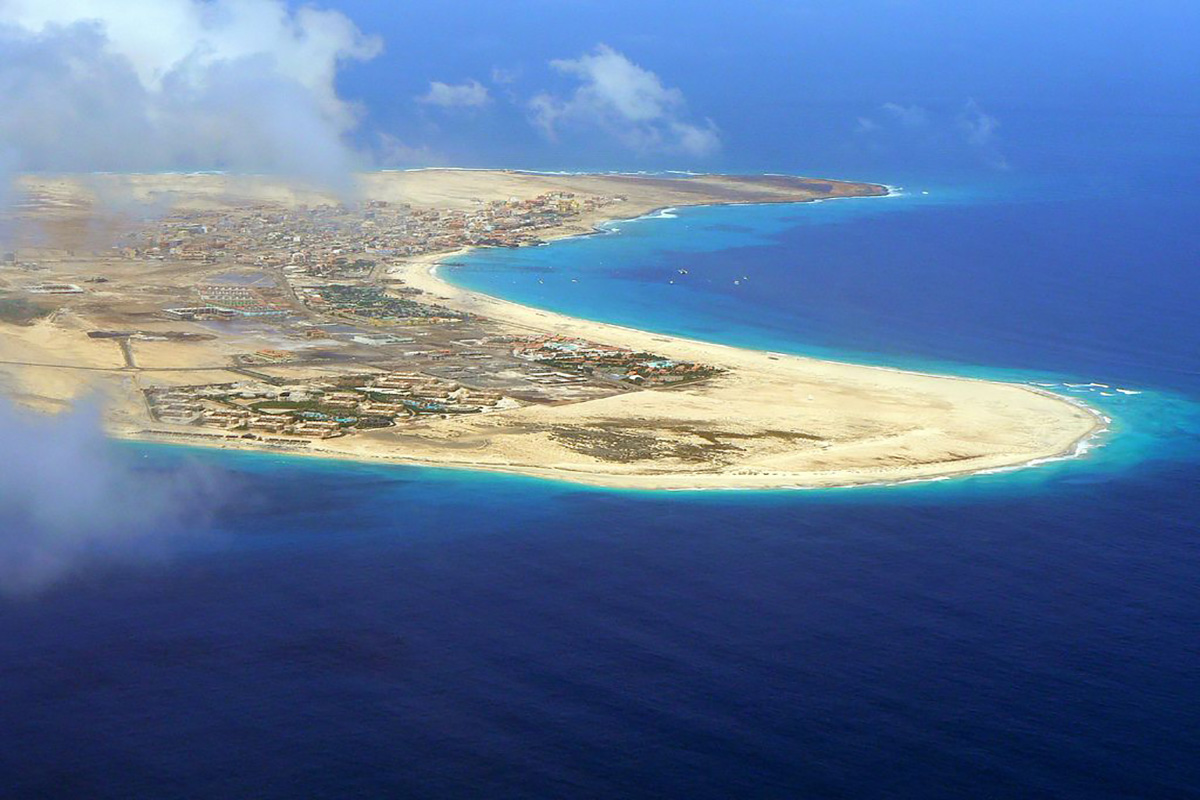
When to go
The tropical climate of Cape Verde is tempered by trade winds, with temperatures remaining constant most of the year. Temperatures average between 78 to 86°F (26 to 30°C) and it can get hotter on the flatter islands or inland.
There is a rainy season from August to October when rainfall is unpredictable. The coolest months are December to March.
Best time to visit: March to June and April to June (Best waves for surfers)
High Season: February to June and August
Low Season: September and October
Worst Weather: September and October (The rain can be sudden and dramatic)
Best Weather: November to May (Uninterrupted sunshine)
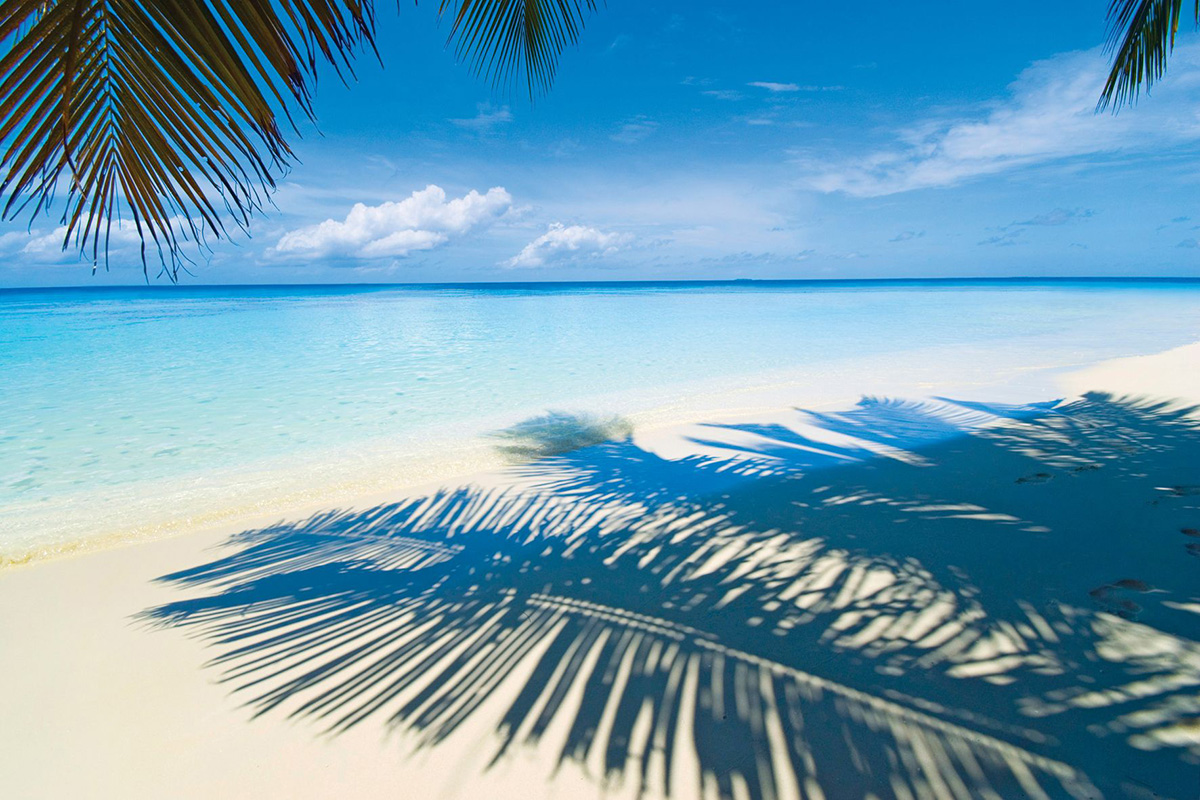
Fast Fact
Cape Verdeans trust in the power of «cachupa», a local fish stew, to transform a simple meal into an occasion for storytelling and sharing memories
Electricity / Voltage
Plugs / sockets are usually an issue when it comes to traveling, so always make sure you travel with a universal plug adapter
The voltage is 220 V
The plugs used are C or F
The electrical frequency is 50 Hz
MADAGASCAR
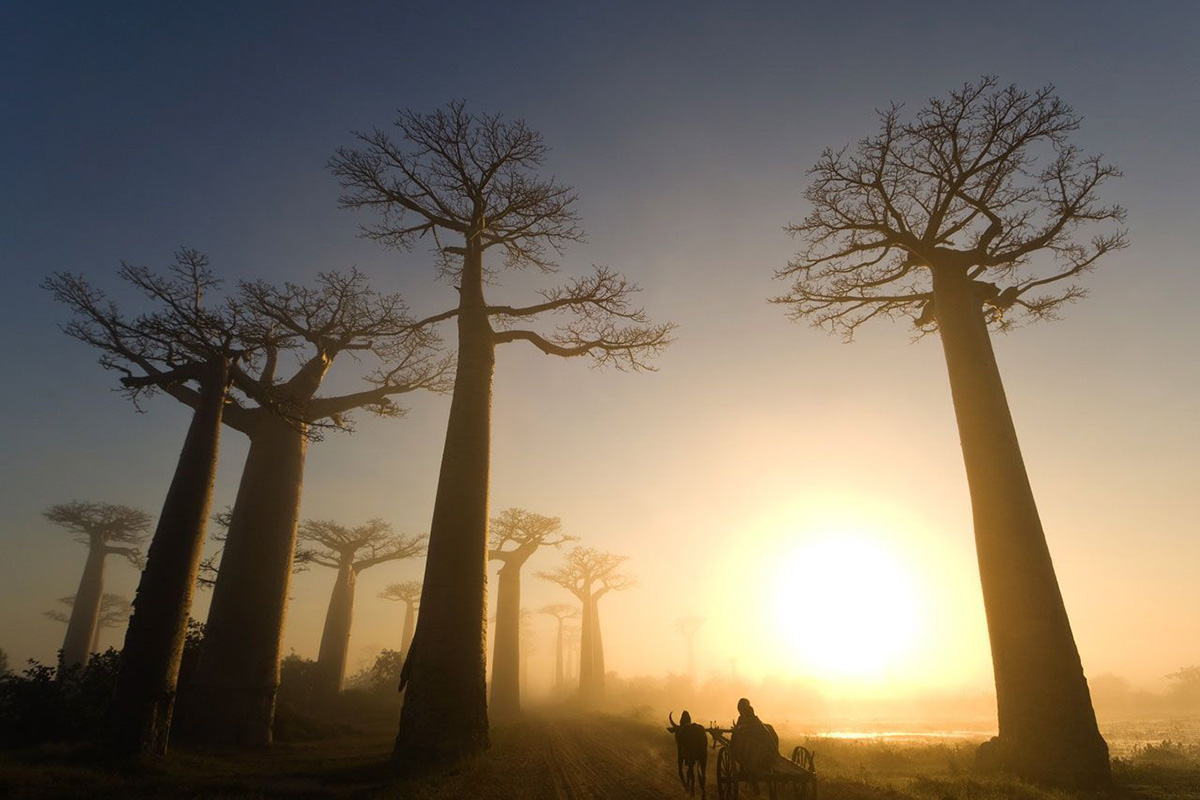
Overview
An island paradise surrounded by Indian Ocean bliss.
Madagascar lies 400 kilometres off the east coast of Africa and is celebrated for its abundance of wildlife and flora, 80% of which is found nowhere else on earth. The island offers diverse and spectacular scenery: mountains, deserts, rainforests, dazzling beaches fringing the Indian Ocean and island archipelagos linked by coral reefs and clear turquoise waters.
Isolated from the continent 160 million years ago, Madagascar followed a unique evolutionary path with species such as enormous tortoises, elephant birds, and of course lemurs. Lemurs were the highest primate form on the island until the Malagasy people, of Afro-Polynesian ancestry, arrived a mere 2000 years ago. Madagascar is the World’s 4th largest island.
Beautiful landscapes, beaches and wildlife reserves, together with delightful local peoples combine to make this island an unforgettable holiday experience
| Bordering Countries | Capital City | Currency |
| Indian Ocean Island | Antananarivo | Malagasy Ariary (MGA) |
| Official Language | Largest City | Dialling code |
| Malagasy, French, English | Antananarivo | +261 |
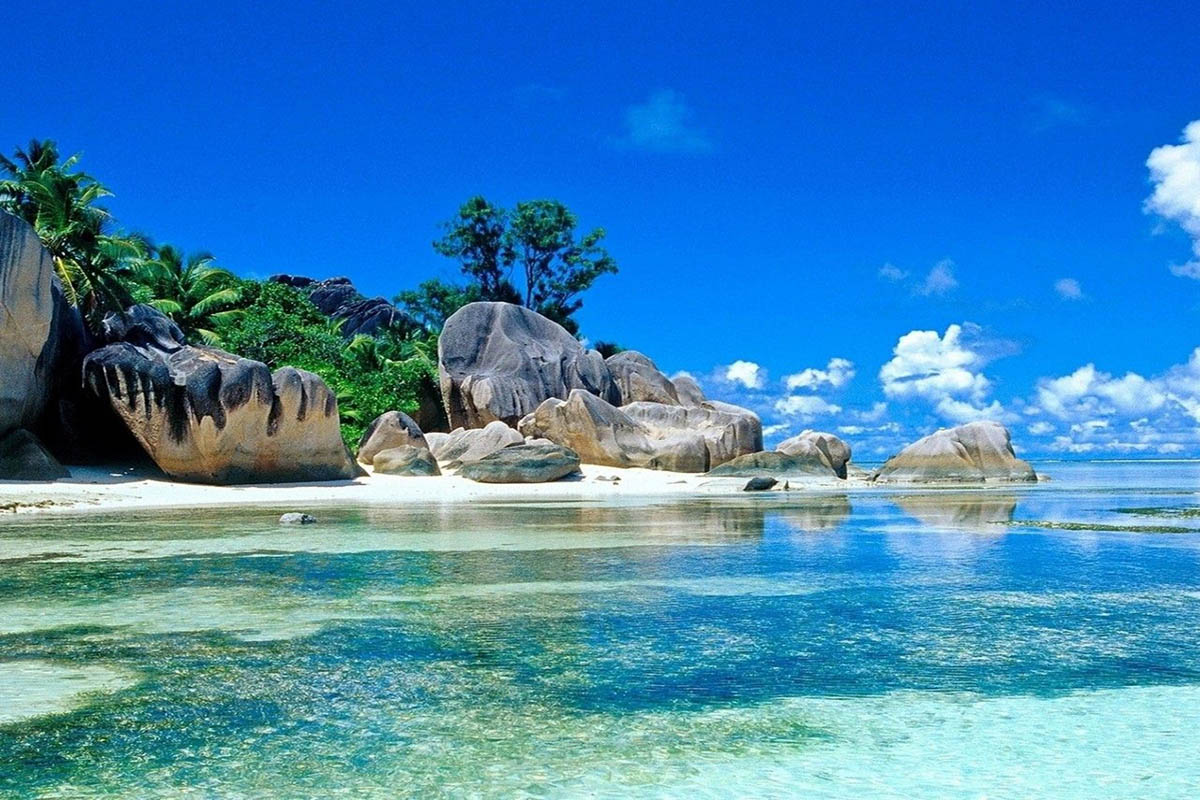
When to go
The Madagascar climate is hot and sub-tropical, it is colder in the mountains, while the south and west regions are particularly dry. The stunning island is ringed by golden beaches and palm trees, and has a diverse interior with plateaus, volcanoes, forests and natural reserves.
Best time to go: September to November (After the cool, dry winter but before the hot rainy season)
High Season: July to August (Are the coolest months of the year, which is not bad at all in the coastal regions)
Low Season: January to March and June
Best Weather: September to December (Hotter than during the last months and it does not rain a lot)
Worst Weather: January to March (Heavy rains and high risk of cyclones in the east and northeast)
Whale Watching: June to September (Large groups of humpback whales make their annual migration from the Antarctic to the sheltered waters around Ile Ste Marie)
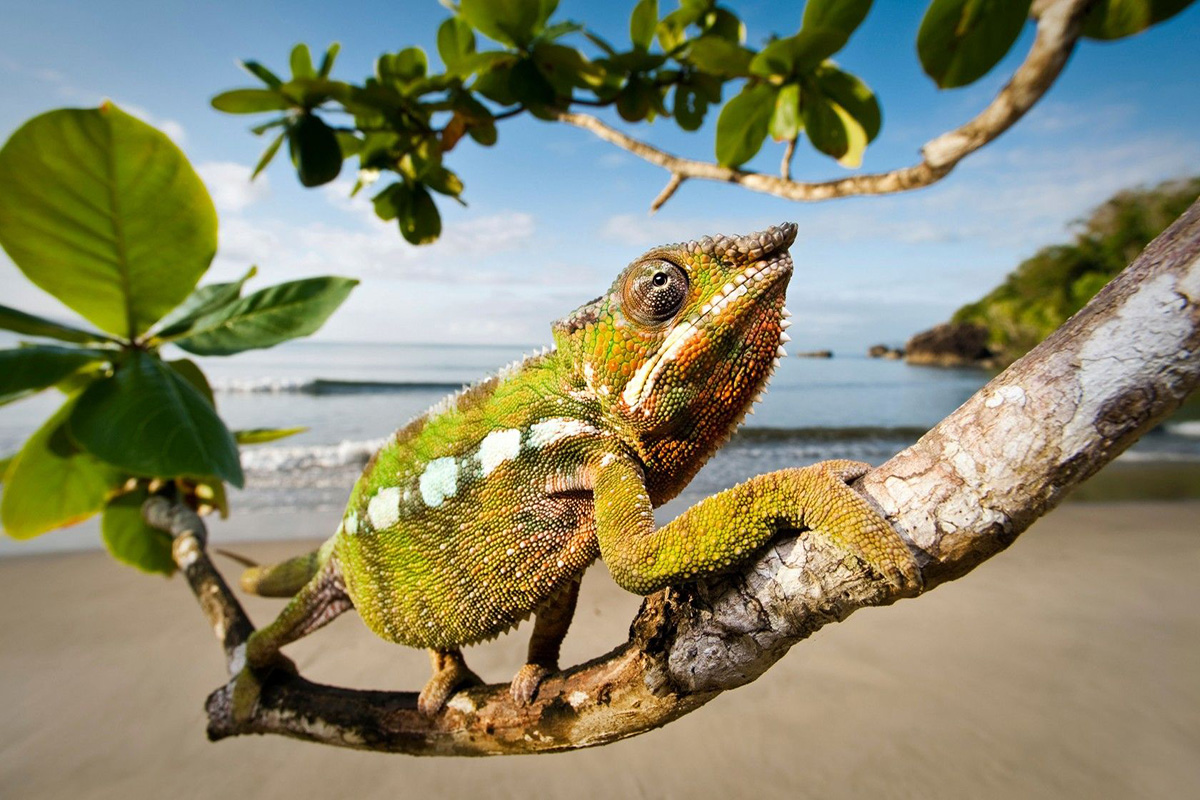
Fast Fact
Madagascar was home to the largest bird in the world, the elephant bird, until it became extinct in the 17th century
Electricity / Voltage
Plugs / sockets are usually an issue when it comes to traveling, so always make sure you travel with a universal plug adapter
The voltage is 220 V
The plugs used are C or E
The electrical frequency is 50 Hz

Contacts
AFRICA +27 11 234-5090
NORTH AMERICA 1-877-778-8436 (Toll free)
EUROPE +44 203 286-6770General email: requests@itravelafrica.com
Subscribe
